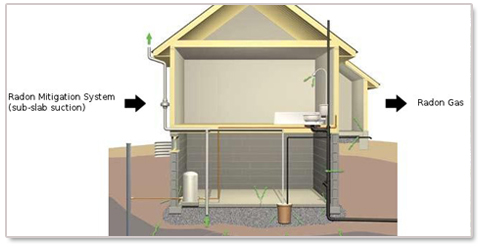Radon Testing your Home or Business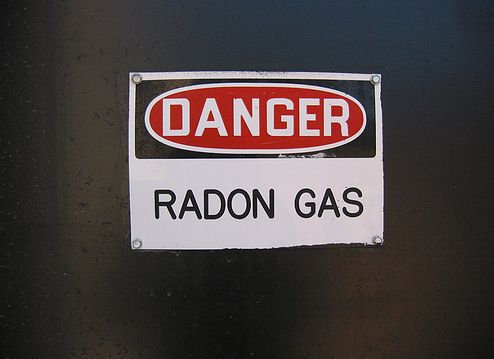
Most homeowners know that testing for radon is essential, but aren’t sure when or how often it should be done. Radon is an odorless, colorless, tasteless, and radioactive gas that occurs naturally from the decomposition of uranium in the soil.
If your home or business has a high enough levels of radon it may cause health issues such as wheezing, cough, lung infections, or even lung cancer. Because Iowa is known to have the highest average levels of radon in the country, it’s best to know the facts about radon testing.
If you have never had your home or business tested for radon, you should try to get a test as soon as possible. Luckily, radon tests are inexpensive. If your home or business is found to have low levels, which are not dangerous, you will only have to test every few years. If your building is found to have dangerous levels (4.0 pCi/L) we here at Ameriserv Radon Mitigation of Iowa can help.
Radon Solutions for Iowa
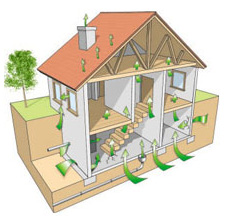 Mitigation is a way to fix high levels of radon in a building. Radon gets trapped in homes when it enters through cracks in the foundation. A mitigation system expels radon by pushing it outside with a series of vents and fans. It also prevents high levels of radon in the future. We can also install mitigation systems in new construction, as well. This will prevent radon altogether.
Mitigation is a way to fix high levels of radon in a building. Radon gets trapped in homes when it enters through cracks in the foundation. A mitigation system expels radon by pushing it outside with a series of vents and fans. It also prevents high levels of radon in the future. We can also install mitigation systems in new construction, as well. This will prevent radon altogether.
Contact us here at Ameriserv today for all your radon testing and mitigation needs. Our service area covers a large part of Iowa, including Des Moines, Ankeny, Ames, and Carroll. You can also learn more about radon here.
 Our Response to COVID-19
Our Response to COVID-19 

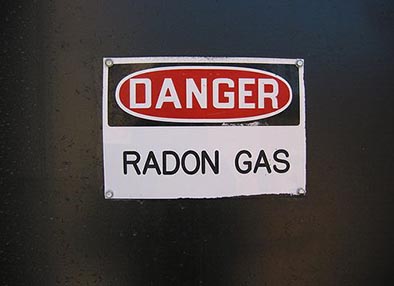
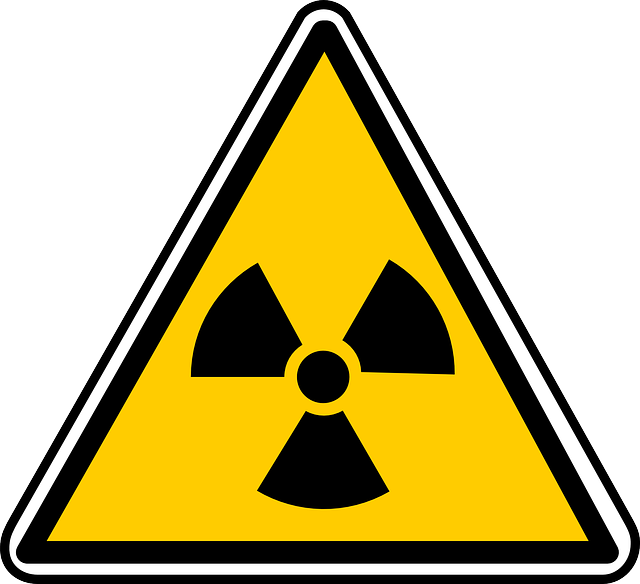
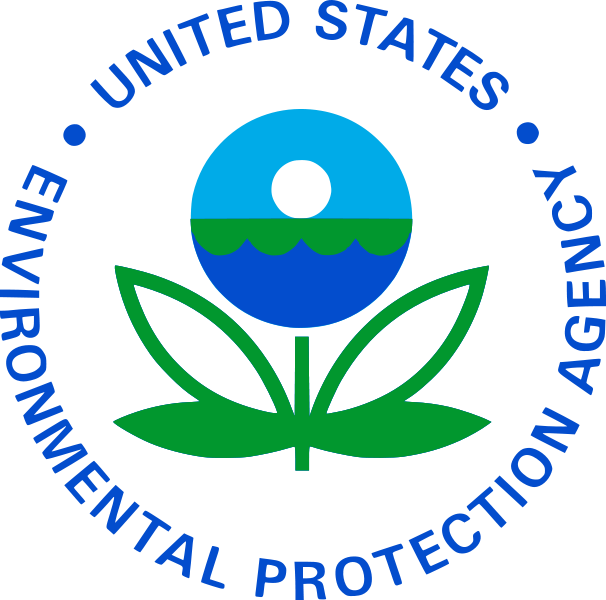
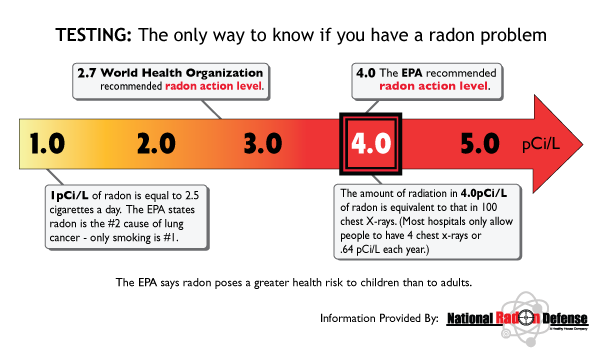
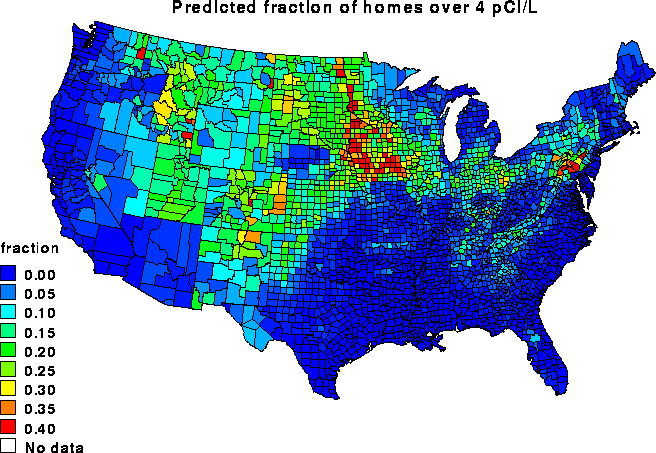
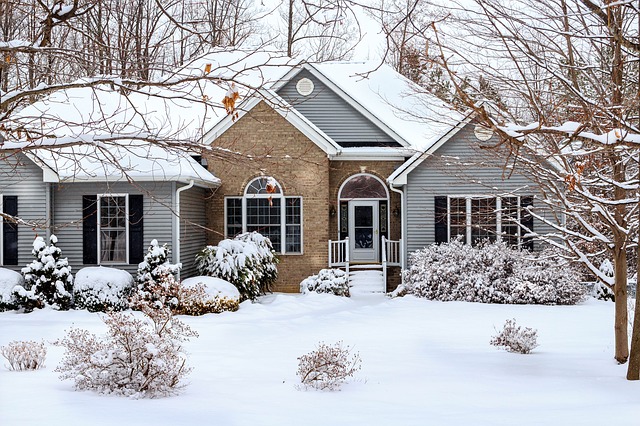 Less Ventilation: Because all of the windows and doors are kept closed during the wintertime, there is less opportunity for radon to escape. Instead, it builds up in the home.
Less Ventilation: Because all of the windows and doors are kept closed during the wintertime, there is less opportunity for radon to escape. Instead, it builds up in the home.